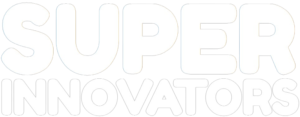Researchers at ETH Zurich in Switzerland have developed a robotic 3D printing process using high-velocity clay deposits to build walls quickly and sustainably.
From Superinnovators 17/09/24
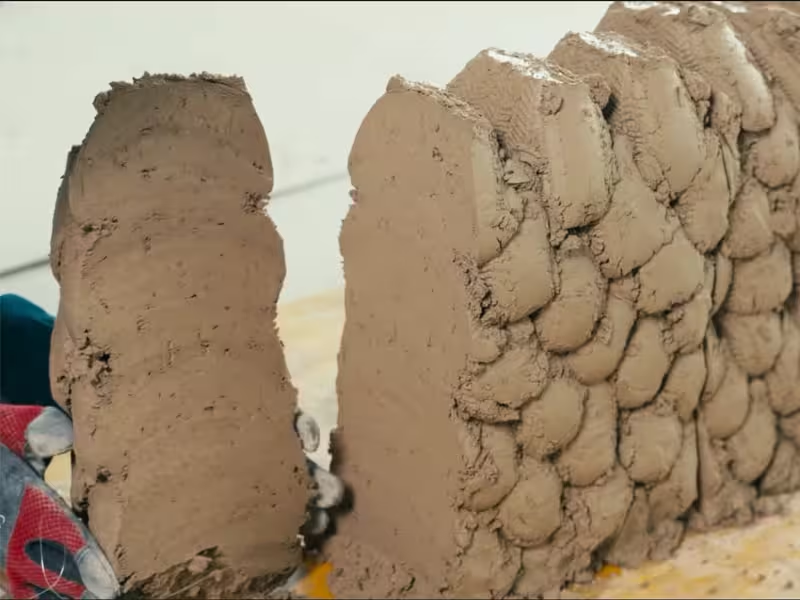
Entire houses can be constructed using clay or excavated earth, materials that are affordable, abundant, and sustainable.
However, traditional building methods for earth-based materials are labour-intensive, slow, and costly.
Researchers at ETH have now developed a novel 3D printing process known as “impact printing” to address these challenges, with the results shared in a video released this week.
In this technique, a robot rapidly drops/shoots material from above, constructing walls without needing cement or pauses for material solidification.
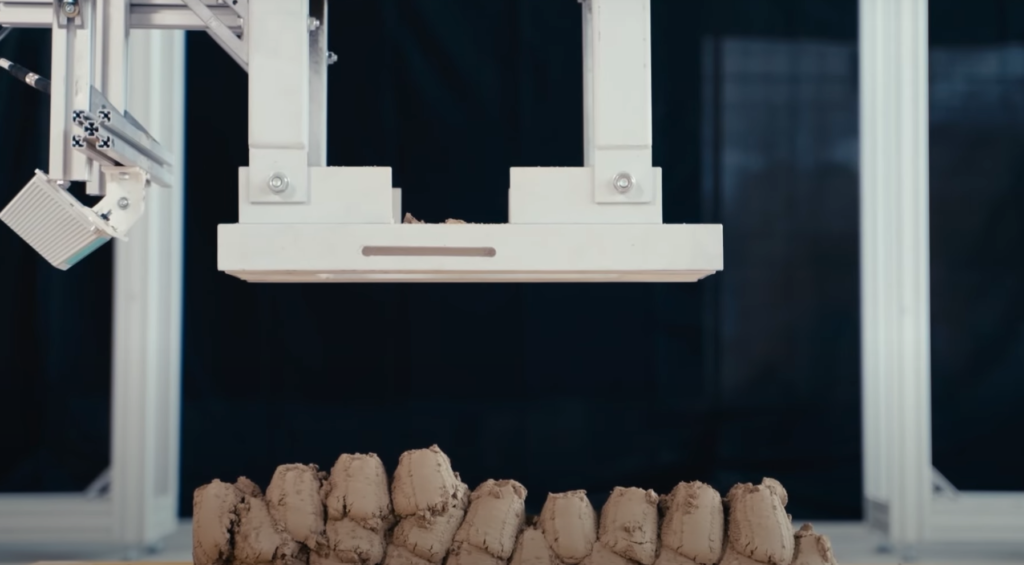
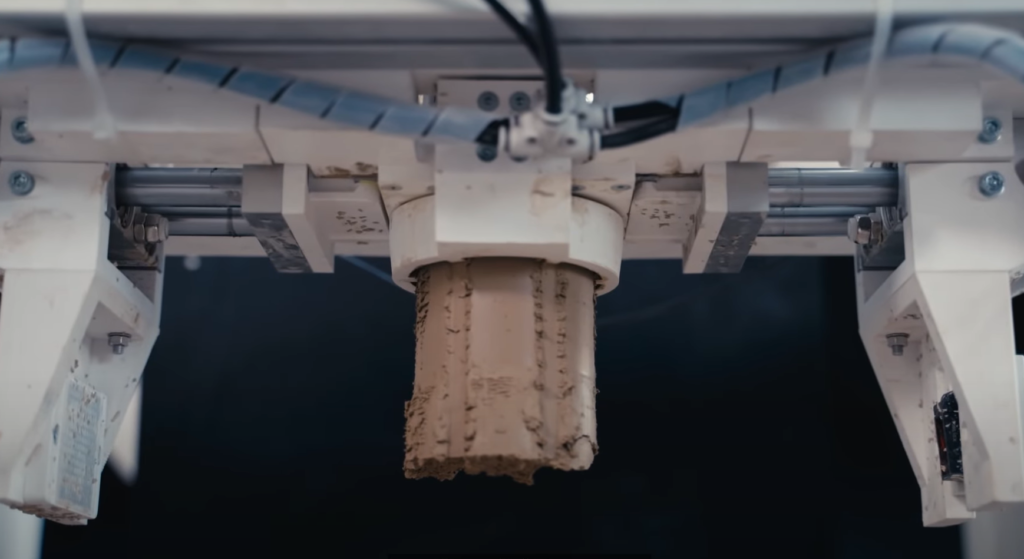
Upon impact, the material bonds together using only minimal additives, creating a solid structure.
Currently, the process uses a mixture of excavated materials, silt, and clay, which is then deposited at up to 10 meters per second.
The researchers say this method can be applied to construct one- to two-storey walls and column structures.
According to the team, they are also developing a robotic method for reinforcement, expanding the types of structures that can be built.
The custom material mix design contains 75% waste products, making it an environmentally friendly and low-carbon option.
ETH researchers believe this technique could reduce dependency on skilled labour, speed up construction, and compete with modern building materials.
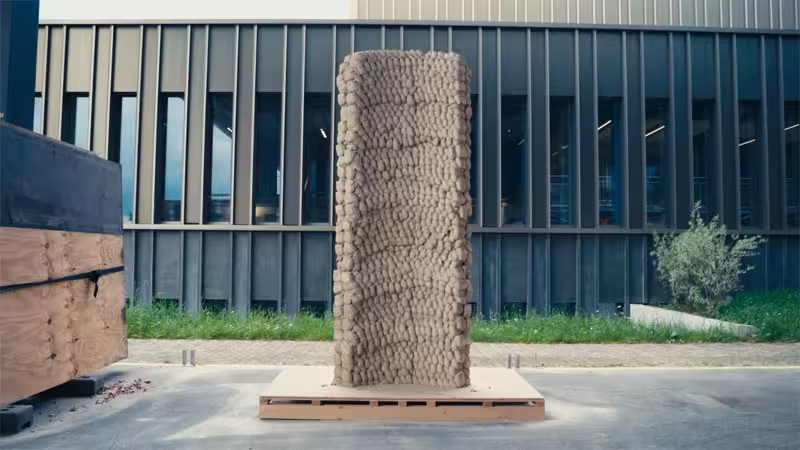

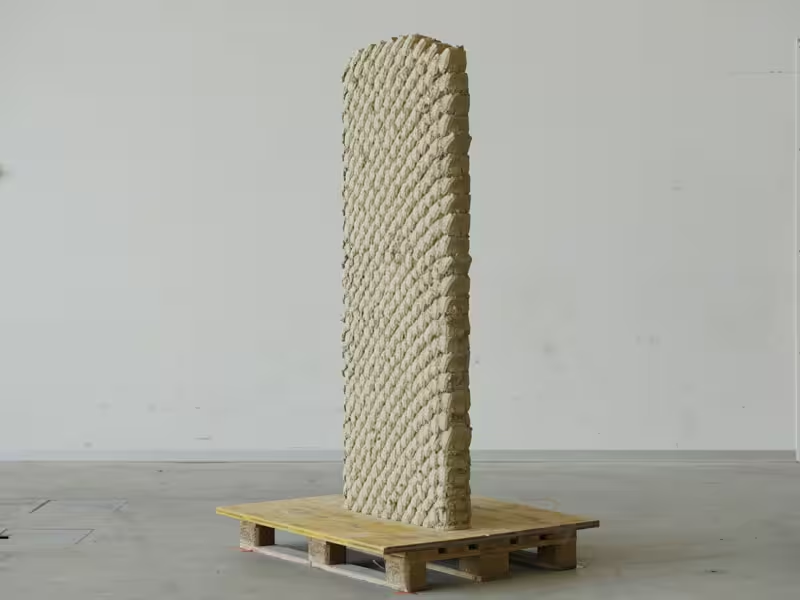
More info
https://gramaziokohler.arch.ethz.ch/web/e/forschung/451.html
You may also be curious about:
-
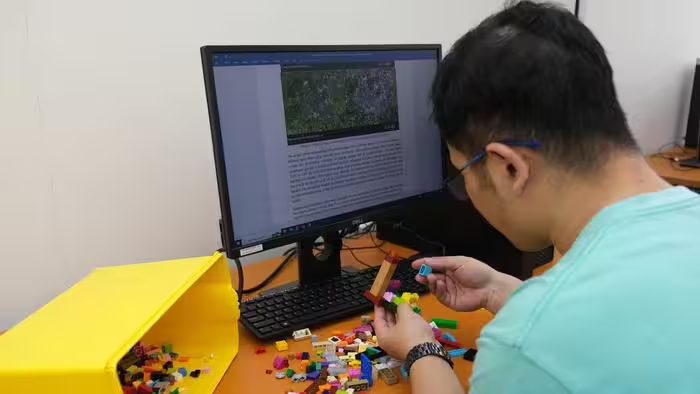
Indoor air pollutants could have an impact on creativity
-
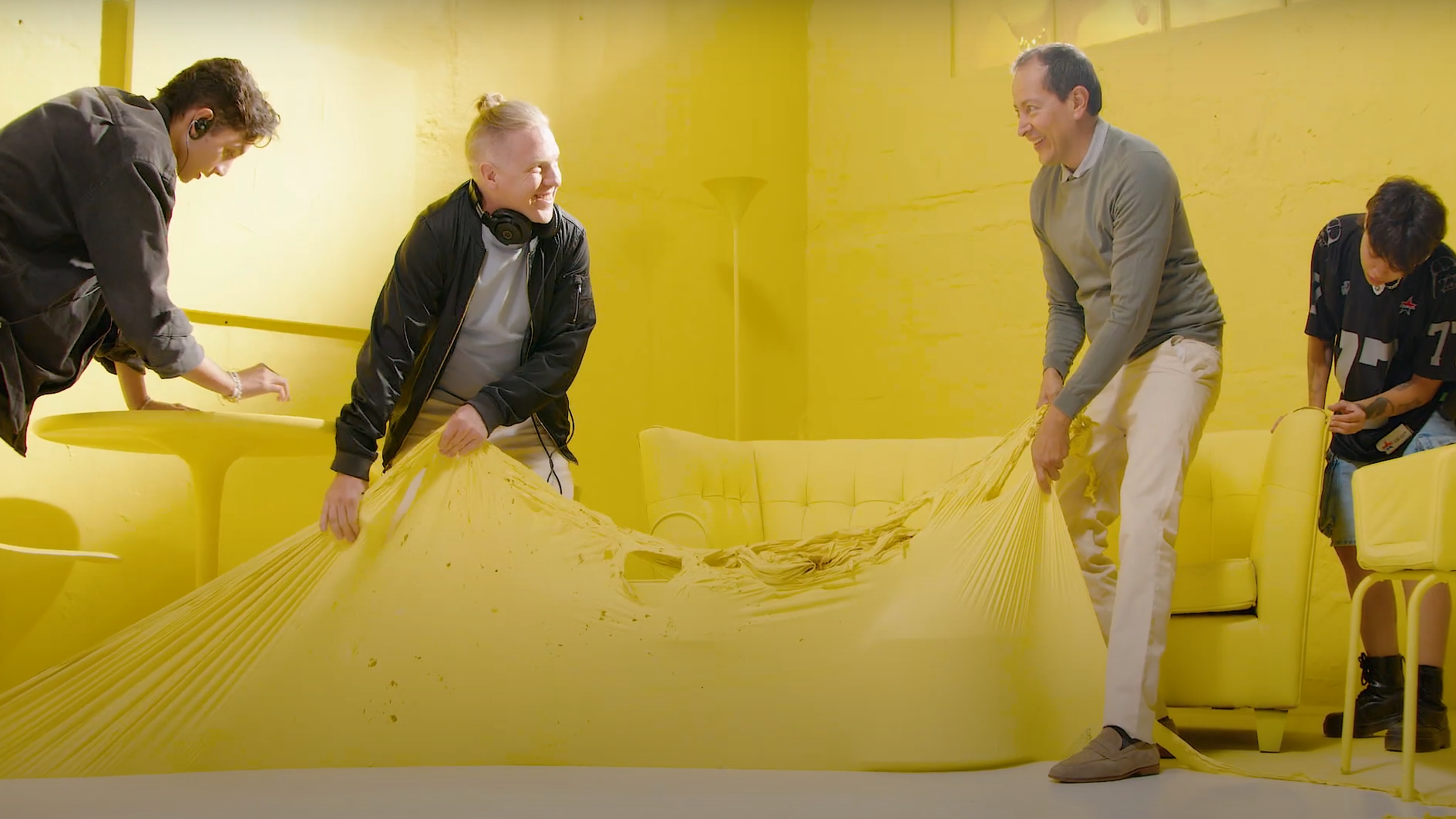
Peelable paint you can pull off whenever you like
-
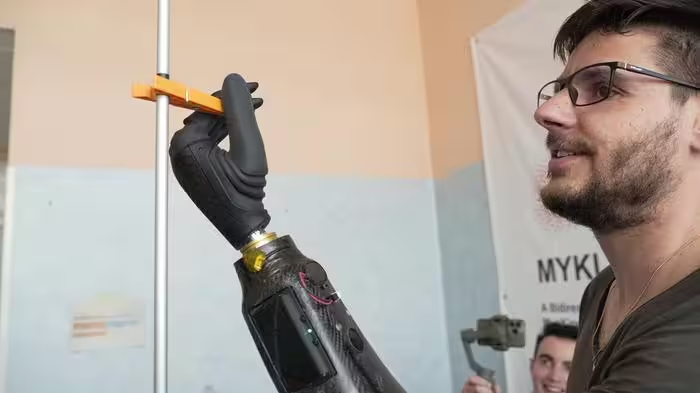
World’s first magnetically controlled prosthetic hand
-
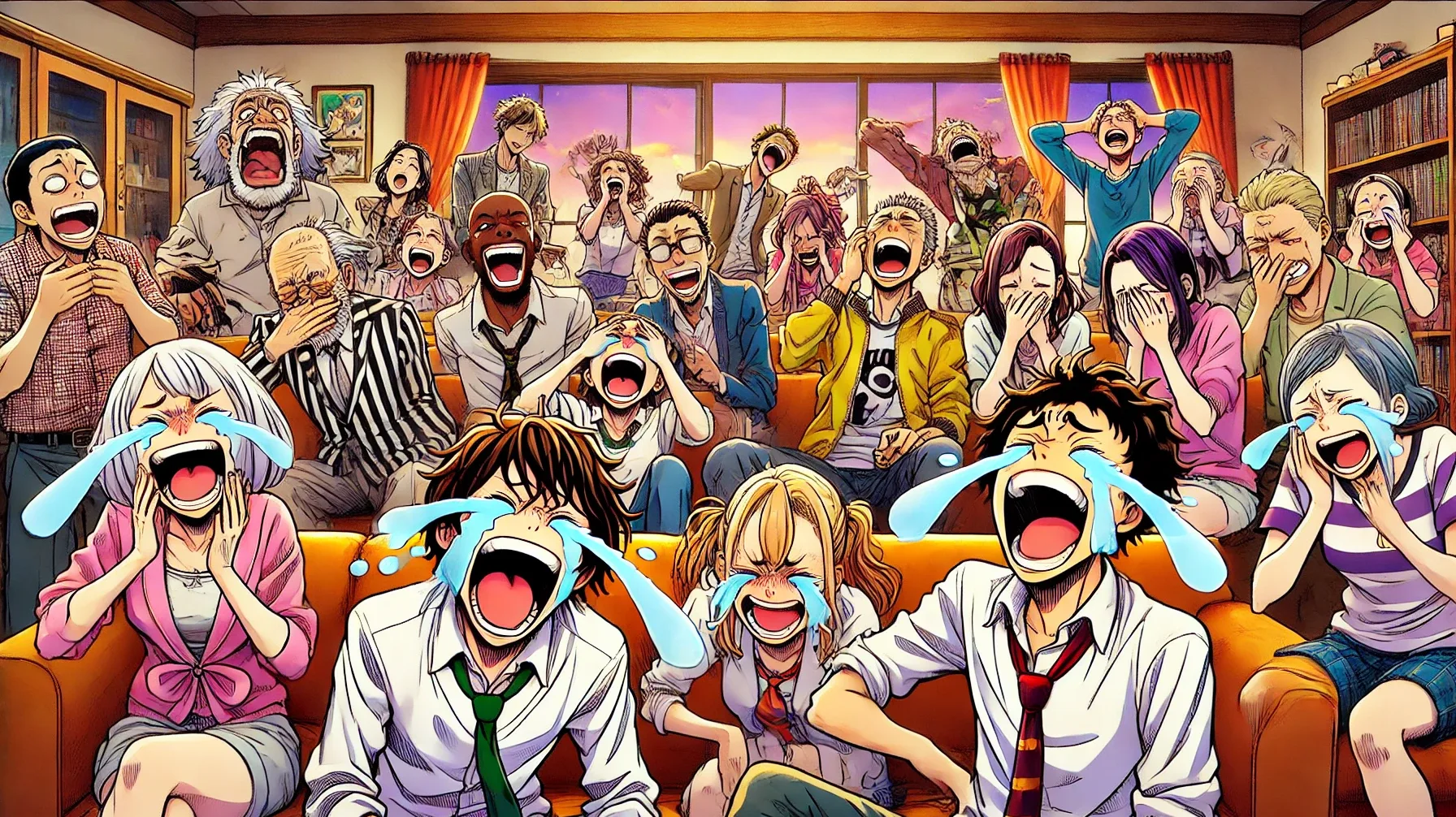
Laughter may be as effective as drops for dry eyes
-

Gel that stops severe bleeding in seconds gets FDA approval
-

Mirror, mirror, in my tank, who’s the biggest fish of all?
-

4WD offroad cart for mobility impaired outdoor fun
-
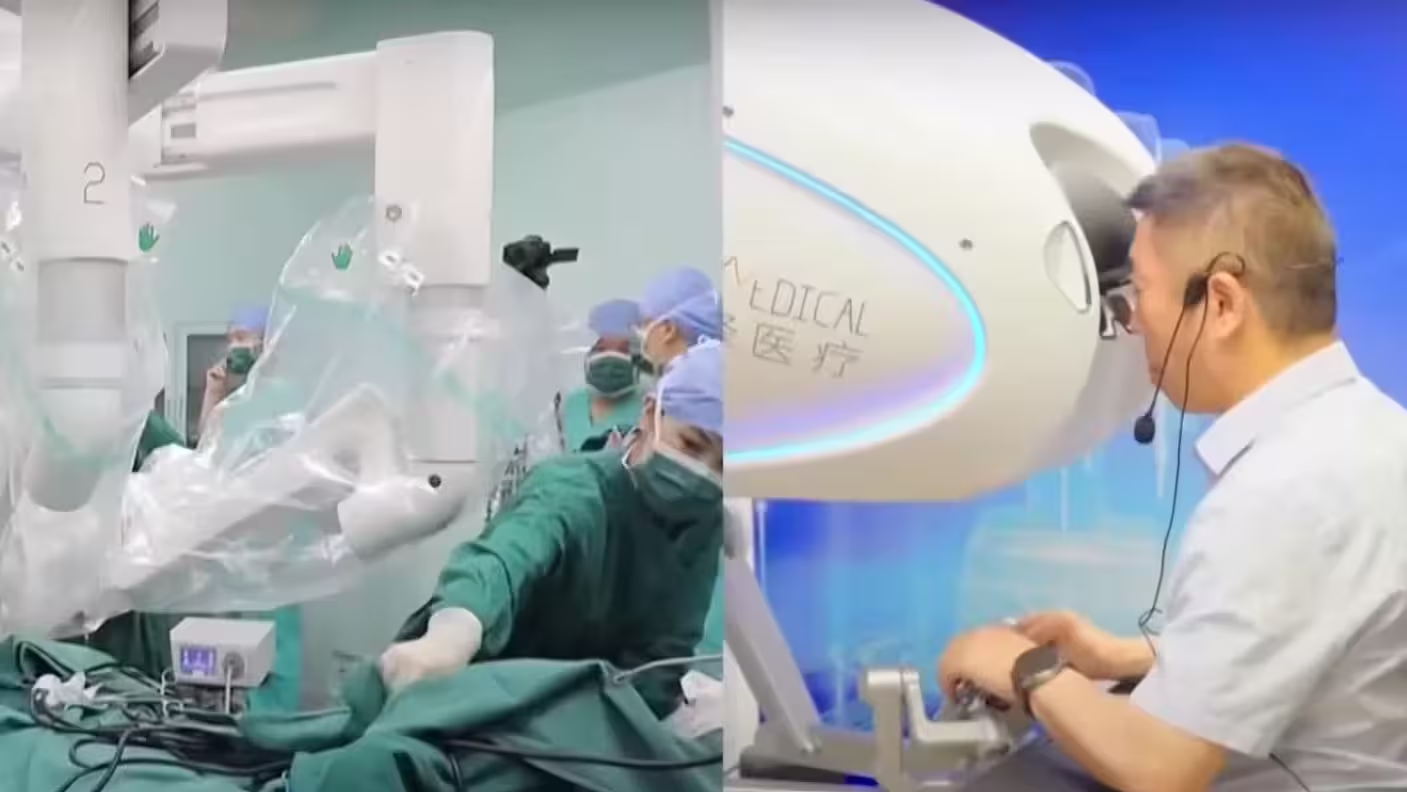
Chinese team perform robotic operation from Rome on patient in Beijing
-
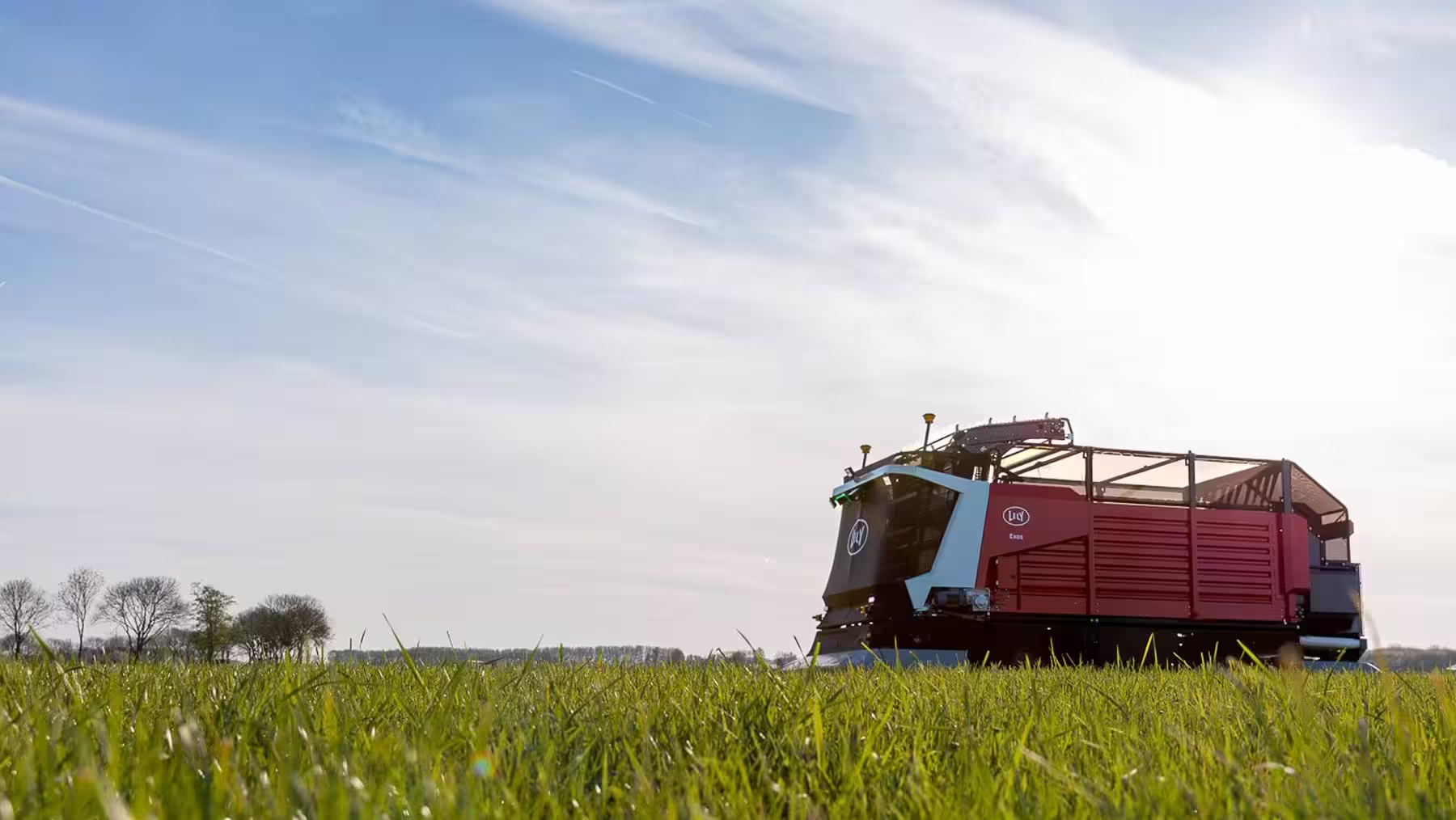
Autonomous fresh grass harvesting and feeding system for cattle
-

Scientists use magnetic nanotech to safely rewarm frozen tissues for transplant
-
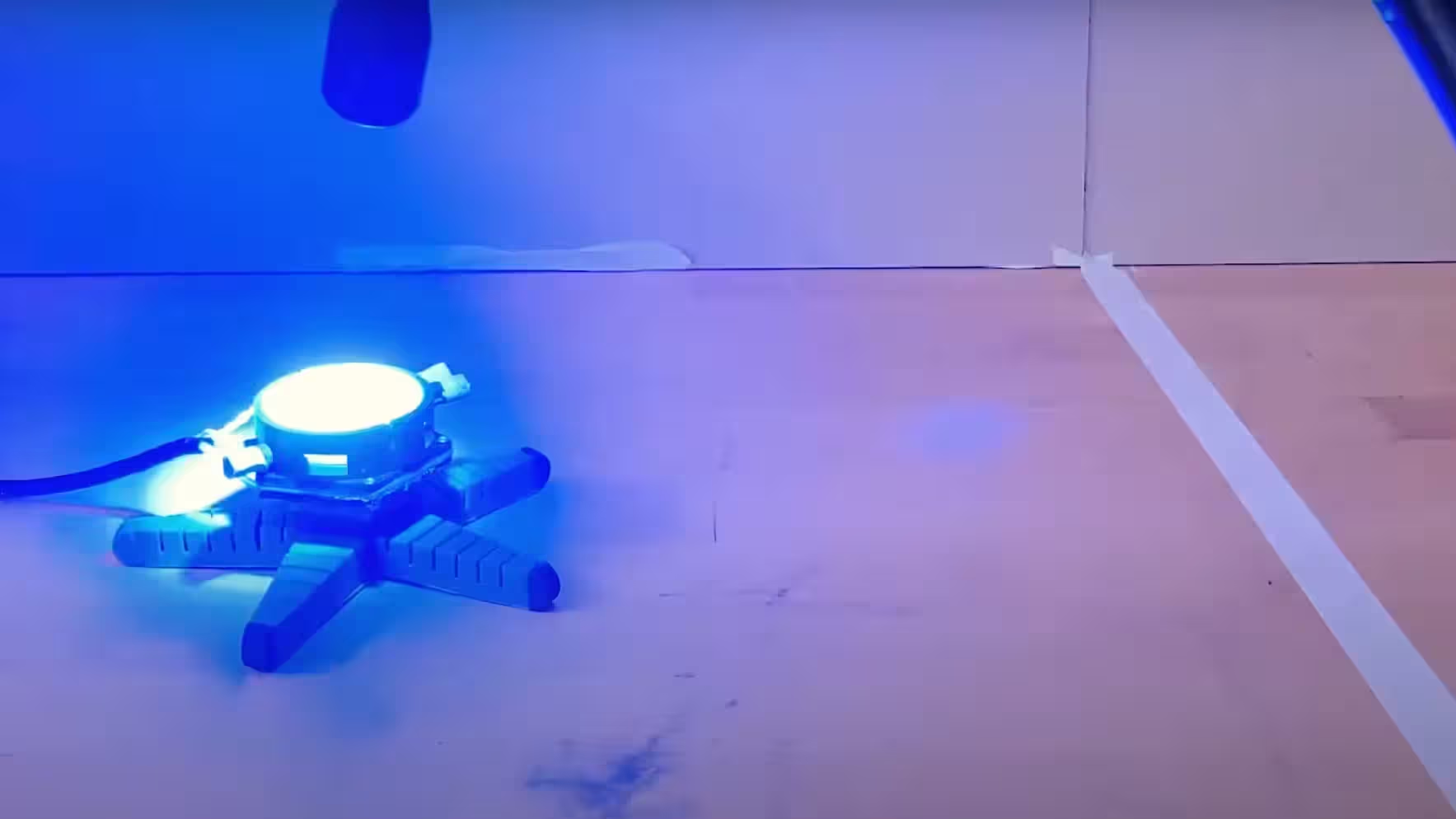
Fungus-controlled robots tap into the unique power of nature
-

Ancient sea cow attacked by a crocodile and sharks sheds new light on prehistoric food chains
